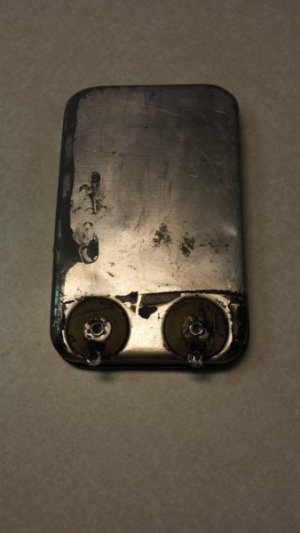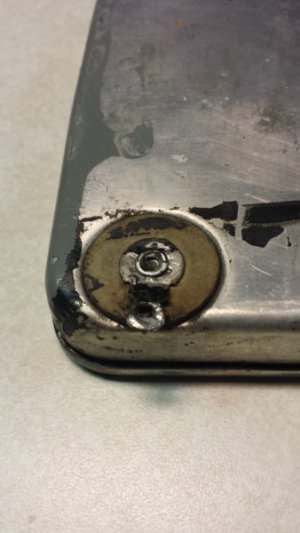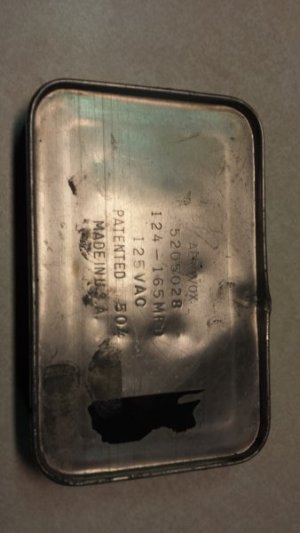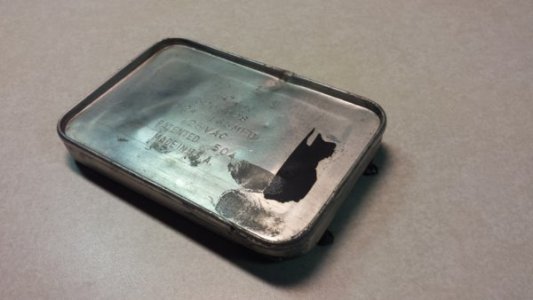The old capacitor is a flat 'sardine can' type shown in the photos. A gentle shake yields a rattling sound... not good. I suspect that it's internally shorted. I wish I had an old analog meter to watch the trends as you described, but I only have this cheap DMM. At least it has a Capacitor setting... I should have checked for a short to the cap housing, but after getting the low capacitance measurement I went ahead and ordered a new one.
View attachment 254059View attachment 254060View attachment 254061View attachment 254062I
The old capacitor is made by Aerovox, part number 5205028 and 124-165 MFD rating at 125VAC. I suspect it is quite old. I searched for a good 20 minutes online before I concluded that this style is no longer available. The new one is the round 'can' style.
Thank you for the direction here. I will reverse the black and white leads when the new capacitor arrives. This kind of info is invaluable to me.







